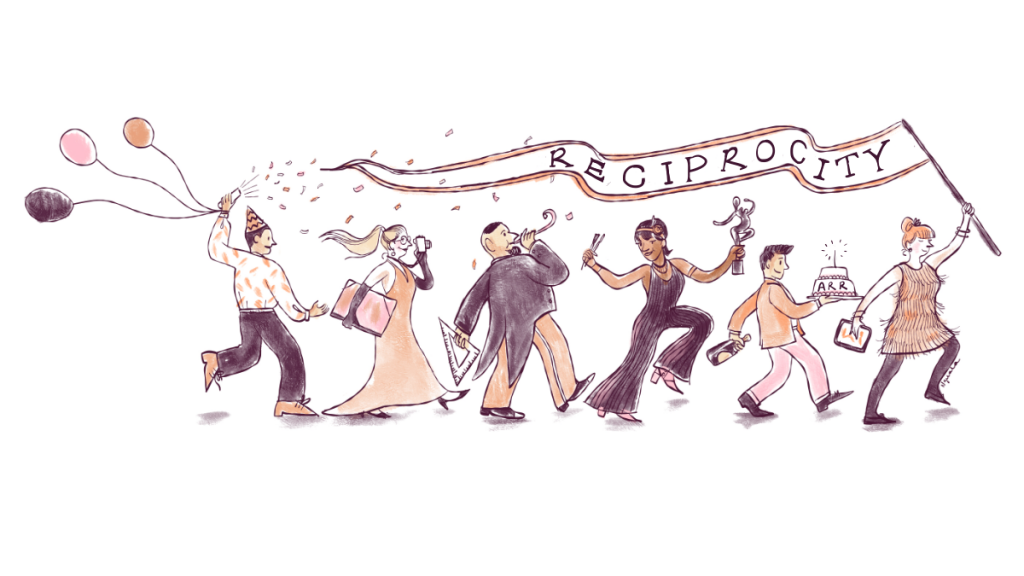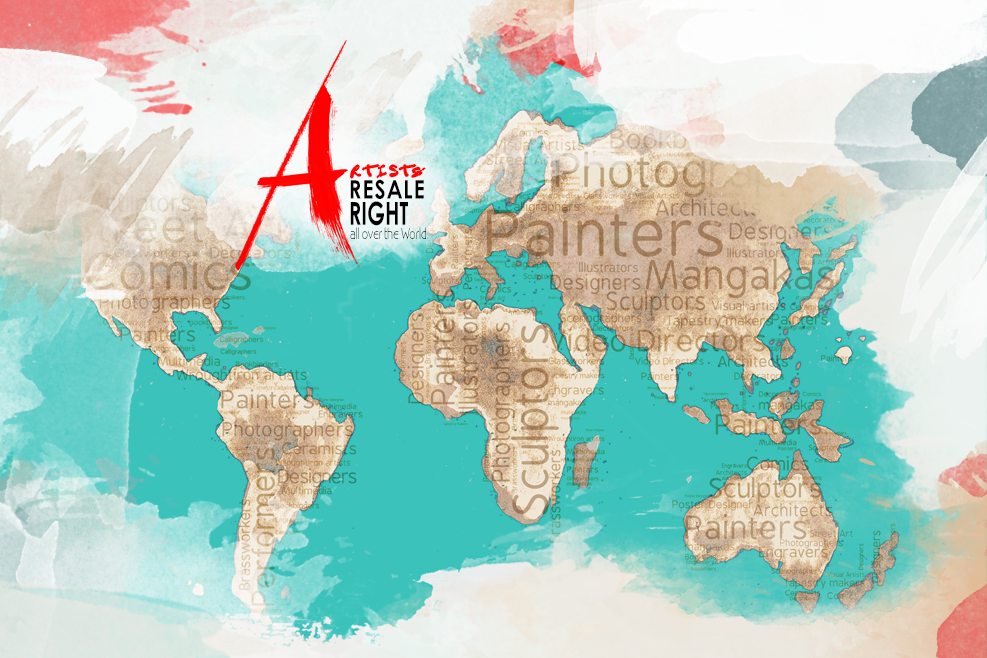
As of 31st March 2024, Australian visual artists will be entitled to ARR payments when their works are resold overseas. Similarly, foreign nationals whose countries have provisions for ARR in their legislations will also receive the royalty when their works are sold in Australia.
On the Australian side, the royalty would add up to 5% for artworks resold for more than 1000 AUD. Whereas on the side of reciprocating countries, conditions vary depending on the legislations concerned. In the EU, ARR can range anywhere from 0.5% to 5% with thresholds as low as 255 EUR, for instance in Finland.
The battle for the inclusion of this improvement to ARR was fought on several levels. In Australia, artist representative organisations like the Collecting Management Organisation (CMO) Copyright Agency, were active in raising awareness and contributed to the work of the local authorities via consultations.
In the EU, European Visual artists, CISAC and other authors’ organisations were active in lobbying the EU institutions with regards to the EU-Australia trade agreement, where the matter of reciprocity became a major topic during negotiations. These same players are continuing their work at the World Intellectual Property Organisation (WIPO) level to ensure that other countries implement ARR with reciprocity.
The UK-Australia trade agreement negotiations also played an essential role in securing reciprocity. In the past the Uk, one of the biggest art markets in the world, saw major resales of artists such as David Hockney in Australia for which ARR could not be collected. Luckily, this will no longer be an issue.
Copyright agency, which is mandated by the Australian government to collect ARR, already enjoys good relations with many CMOs around the world via the CIAGP network, a council from CISAC dedicated to visual arts worldwide. Therefore, ARR collections, even those of a reciprocal nature, are expected to carry on smoothly.
